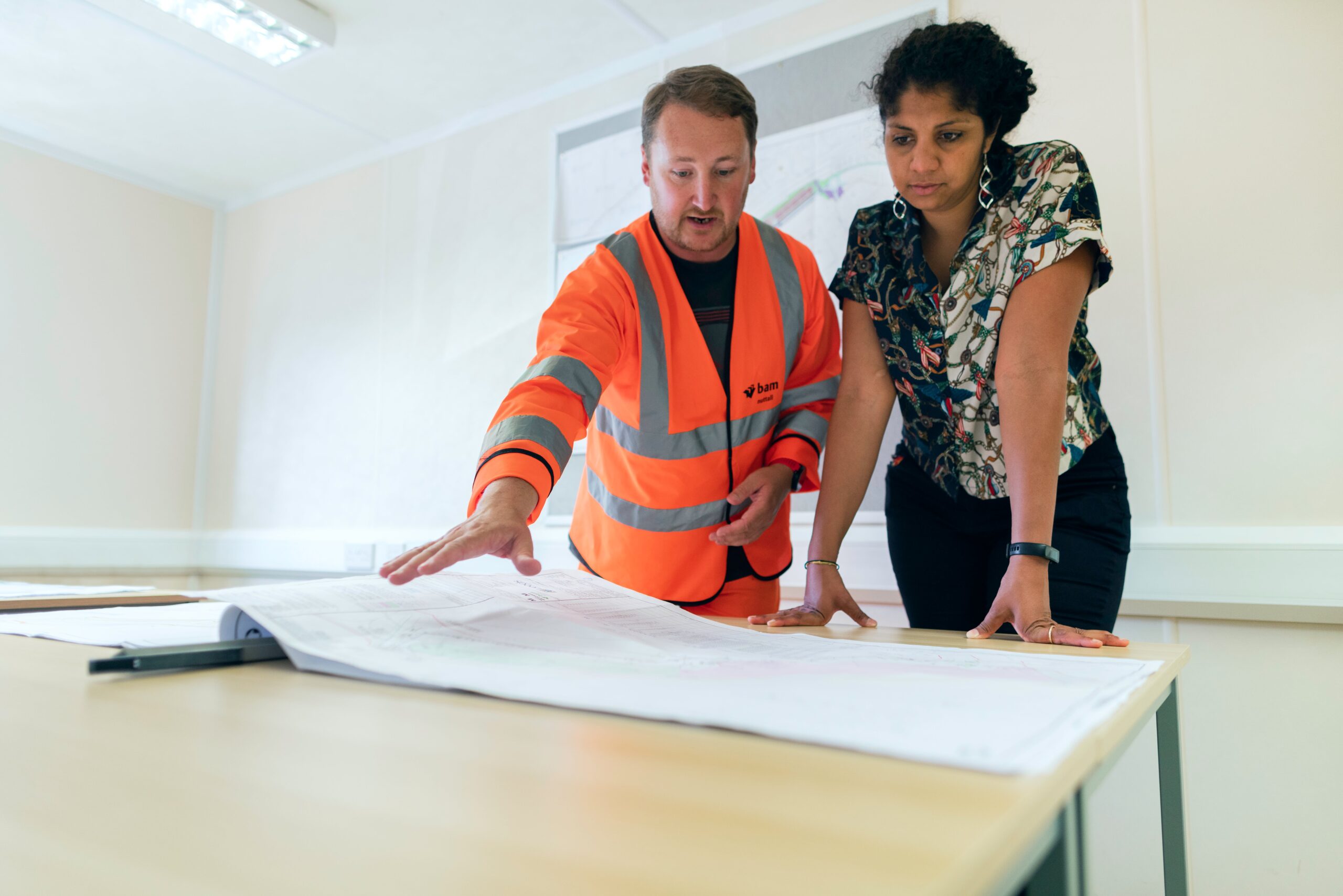In the demanding world of water mitigation, the ability to manage multiple projects efficiently is not just a skill—it’s a necessity. This guide offers practical tips and best practices to help professionals in the field conquer chaos and excel in their multitasking abilities.
Embrace Technology
- Project Management Software: Utilize specialized software designed for water mitigation project management. These tools can help you track progress, manage resources, and maintain communication across multiple sites.
- Mobile Apps: Employ mobile apps for real-time updates. These apps can be invaluable for on-the-go monitoring, providing instant access to project statuses, team member availability, and inventory levels.
Effective Communication
- Regular Briefings: Hold daily or weekly briefings with your team to discuss ongoing projects. This ensures everyone is on the same page and any issues are addressed promptly.
- Clear Channels: Establish clear communication channels. Whether it’s through email, messaging apps, or phone calls, having a consistent method of communication helps avoid misunderstandings.
Prioritize and Plan
- Assess Urgency: Not all projects are created equal. Assess the urgency and impact of each job to prioritize effectively.
- Scheduling: Utilize scheduling tools to allocate resources efficiently. Avoid overbooking your team and plan for contingencies.
Resource Management
- Inventory Tracking: Keep a close eye on your equipment and supplies. Automated inventory management systems can alert you when supplies are low or when maintenance is due.
- Team Allocation: Understand the strengths and weaknesses of your team. Allocate personnel based on skill sets and project requirements.
Training and Development
- Ongoing Training: Ensure your team is well-trained in the latest water mitigation techniques and safety protocols.
- Cross-Training: Encourage cross-training among team members. This increases flexibility and resourcefulness when managing multiple projects.
Quality Control
- Regular Inspections: Conduct regular on-site inspections to ensure quality and adherence to standards.
- Feedback Loops: Implement feedback loops from clients and team members to continuously improve your processes.
Risk Management
- Identify Risks: Regularly assess potential risks associated with each project and plan accordingly.
- Contingency Planning: Have contingency plans in place for unexpected events such as equipment failure or weather-related issues.
Documentation and Reporting
- Detailed Records: Maintain detailed records of each project, including timelines, budgets, and communication logs.
- Progress Reports: Provide regular progress reports to stakeholders to keep them informed and engaged.
Client Relations
- Regular Updates: Keep your clients informed about the progress of their projects. Transparency builds trust and helps manage expectations.
- Responsive Service: Be responsive to client inquiries and concerns. Prompt responses can greatly enhance client satisfaction.
Self-Care
- Avoid Burnout: Managing multiple projects can be stressful. Pay attention to your well-being and that of your team to avoid burnout.
- Time Management: Practice effective time management. Balancing work and personal life is crucial for long-term success in the field.



